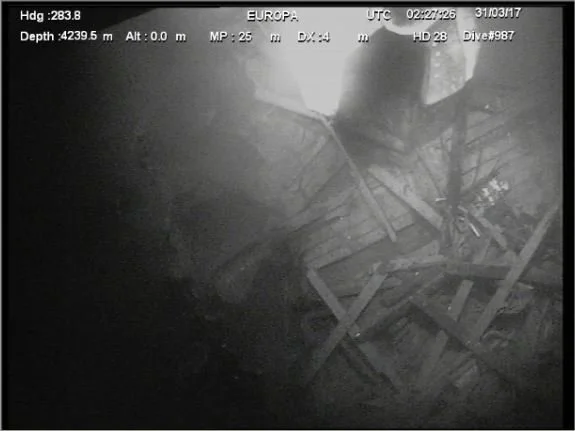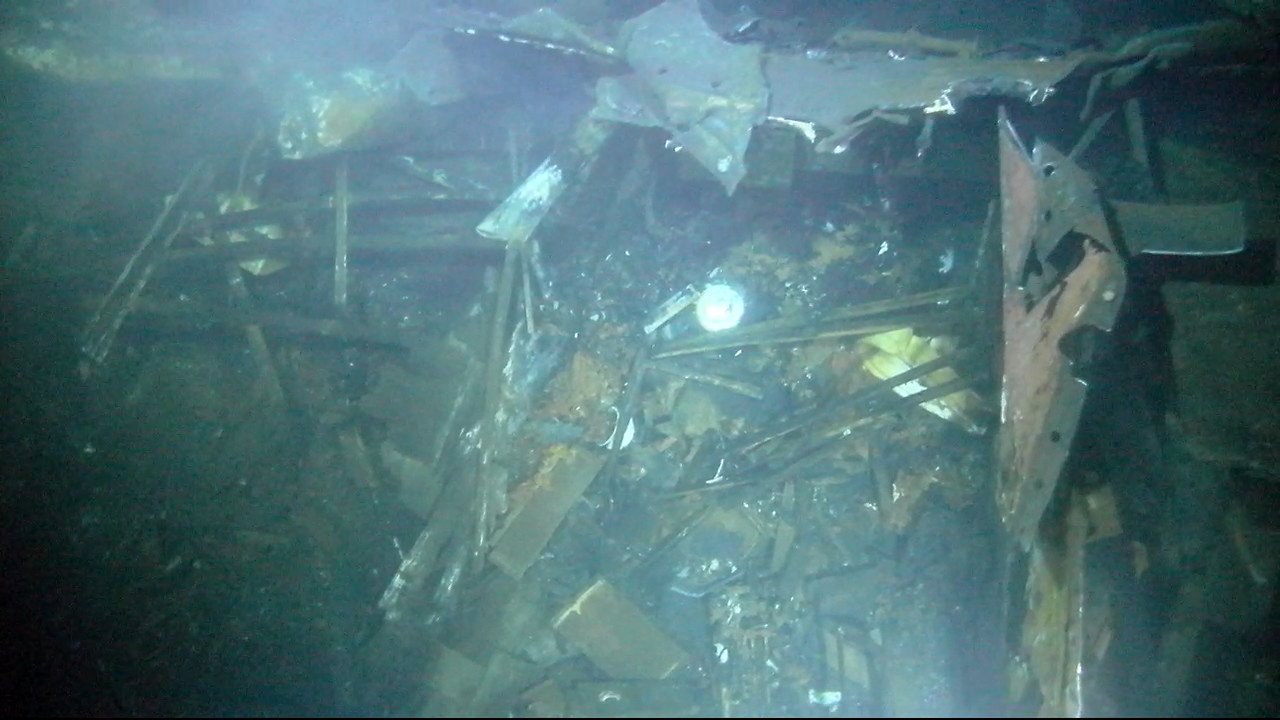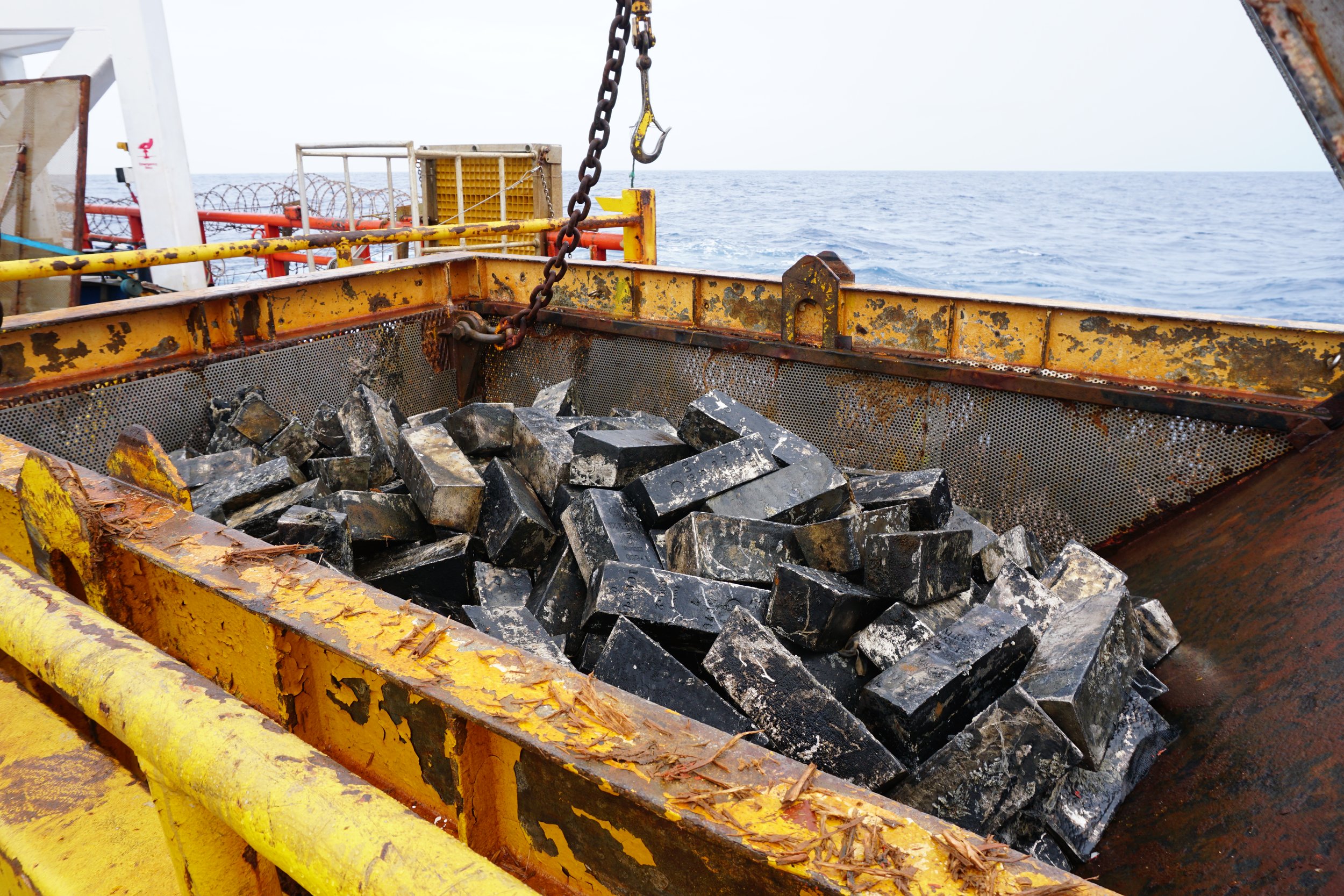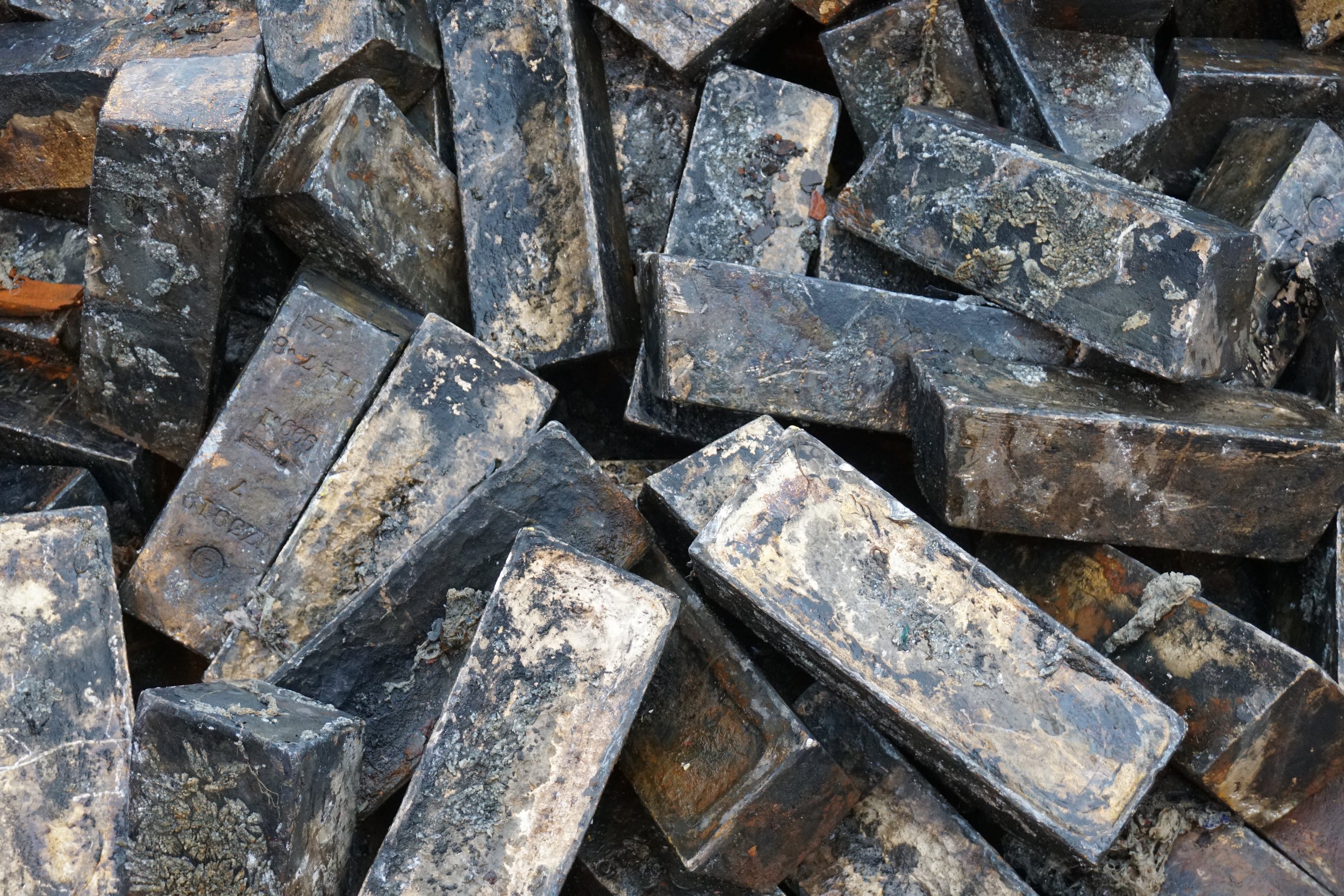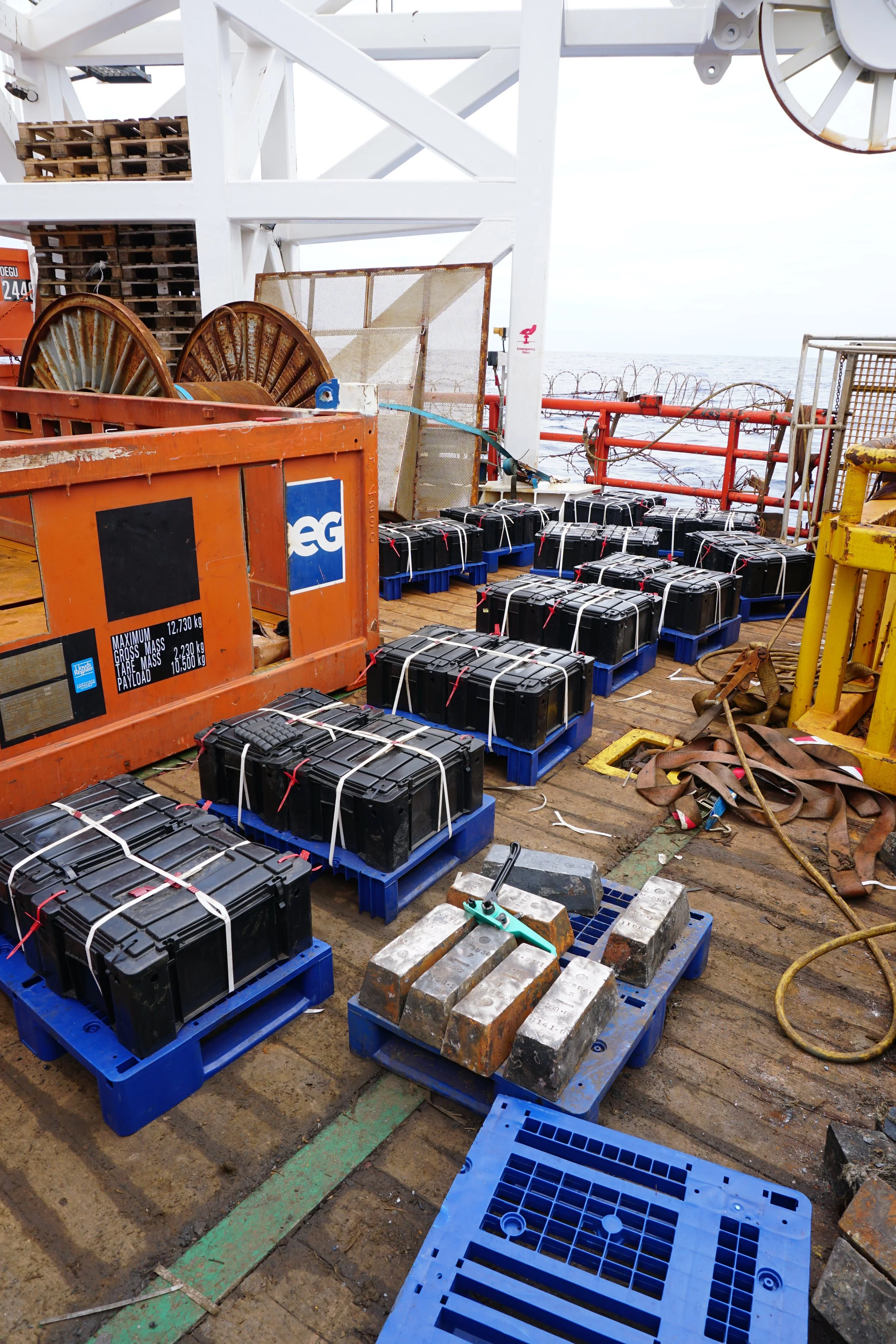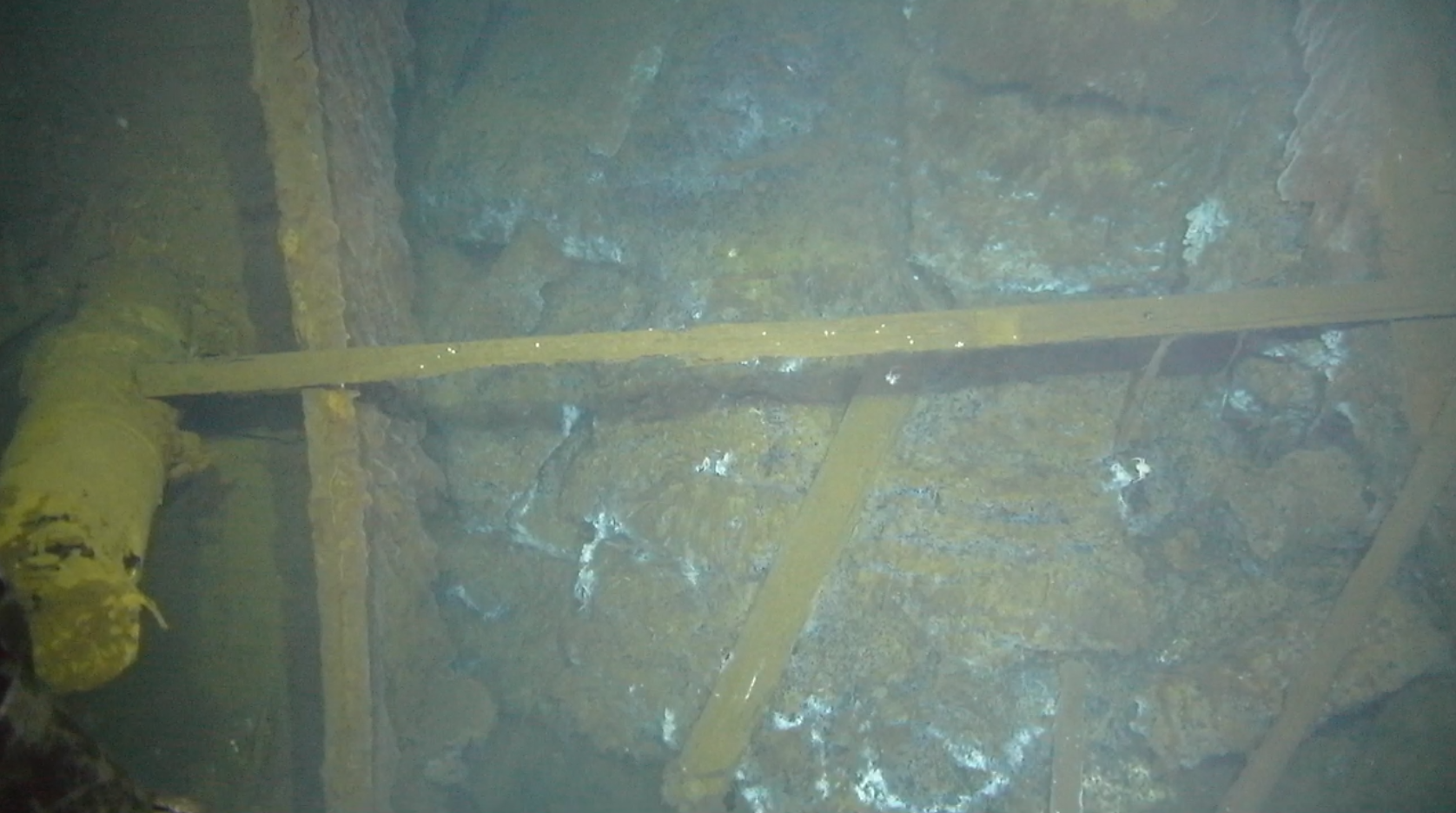THE SALVAGE
The salvage of the SS Tilawa was a remarkable and challenging operation, combining cutting-edge technology, expert teamwork, and unwavering determination. Spearheaded by Argentum Exploration, the mission sought to recover the ship's precious cargo in excess of 70 tons, lost to the depths of the Indian Ocean during its sinking in 1942.
The operation, undertaken in 2017, was not just about recovering valuable cargo—it was about honouring the ship's legacy and its passengers while overcoming immense technical and environmental challenges. The wreck, lying at a steep 70-degree angle on the seabed, required innovative approaches and precision engineering to access its hidden compartments.
With a dedicated crew aboard the Seabed Worker, including ROV pilots, marine specialists, and client representatives, the team worked tirelessly over several months. Despite setbacks such as poor visibility, harsh weather, and the complex structure of the wreck, their persistence paid off with the recovery of 2364 silver ingots.
This salvage effort not only showcased the resilience and skill of the team but also marked a significant moment in maritime recovery history, shedding light on the long-lost story of the SS Tilawa.
Ron BERNIER Represented Argentum Exploration and AMS onboard the ship
We arrived back on site on the 26th March and quickly got back to work, launching all the tools. This was followed by the use of the Large Shear and debris removal until the 31st of March, when the team commenced the use of the 600L Orange Peel Grab as well to remove the debris from the X area where we were working. These movements went on for a number of days, and although the total grabs for the whole project aren't known, we know on the 6th of April that, there was a total of 226 movements with the Large Shears.
From the 6th of April to the 10th of April, the Large Shear was in constant use with HD23, with lots of waiting for visibility to clear. On the 11th of April, the team did a visual inspection of the new specie room area #2 and the opium room, with no signs at this point of any Silver bars. Operations continued meticulously using the large shar and grinders to continue clearing through the decks. Once again, the crew change loomed, and no sign of any Silver. The Swire team packed up their equipment and headed for the port for a crew change on the 18th of April. Some minor maintenance work was undertaken, and the vessel left port on the 20th of April, arriving back on site on the 23rd of April.
Once back on site, the Swire team did a visual inspection of hatch 1, 2, 3, special mail room area and hatch 5. There was a crack in the shell plating into hold 5, and a mini-survey was undertaken. A survey was then taken of hold 4, where cuts had been made on the previous cycle.
The team commenced clearing the debris from the upper deck of hold 4, where the previous team had been cutting. The team continued cutting and grinding, alternating between the two ROVs. The team managed to clear the upper deck and moved onto the upper tween deck to continue cutting and clearing. The team moved back to the Opium wall room to start crushing them whilst waiting for visibility. On the 1st May, as soon as the visibility returned to hold 4, the team continued removing further deck plates and debris.
A survey was done on the 2nd May at 1.20 am in hold 4 with HD23, to the delight of the ROV pilots onboard XYZ, they had managed to locate the first of the ingots. HD28 was launched to recover a number of ingots and bring them back to the deck of the Seabed Worker. The ingots were tested and proved to be the cargo we were seeking!
Bjorn Andersen, the Offshore Manager onboard and responsible for all operations on the ship when the silver was located, explains in his words how he was responsible for guiding the team to discover it.
“The ship was located on its side, and the salvage proved very challenging, as you had to go through the side rather than from top to bottom. Opening up in this way meant it was basically a pile of bent steel plates, which made it very difficult to identify where you were within the wreck. We opened up a massive hole in the ship , and the plan was to head down towards the keel.
Argentum had a client rep onboard from AMS (the company who had been hired by Argentum as they had a long term charter of the Seabed Worker), who was receiving some guidance from AMS onshore as to where we could potentially locate the cargo. We had spent several weeks cutting and ripping away deck plates to get to Cargo Room 4. Guidance from external sources to AMS onshore had told us to move on from the current cargo room 4, but I knew it was in there. You could clearly see the heavily corroded deck plates, which had reacted with the Silver, and it was a massive mistake for them to make a judgement call to move from this room.
I convinced Ron, the client rep for AMS, also personally in agreement with my thoughts, who fortunately agreed to let me stay and clear this room overnight. The ROV team then spent the next few hours grabbing and clearing and grabbing and clearing. Thankfully, his faith in me and the Swire team, to know what we were doing and not to be led by another person onshore, meant we located the Silver. The Swire team were jubilant that we had stuck to our guns as we had found all the cargo stored in this location.
The first Silver bar was found as we were grabbing, at full speed (as we were running out of time to empty the room); as we lifted up the Orange Peel Grab, it was stuck between two of the fingers; it wasn’t inside of the grab – it was just seen on the outside of grab, which wasn’t able to close properly because it was prevented from doing so by the Silver bar – what a wonderful sight it was. No inspection necessary to know we had hit the jackpot!”
The recovery of the ingots continued with the clamshell grab and continually dredging so the team could see where they were. Unfortunately, the team had to pause operations for a medivac emergency on the 8th of May and wasn’t able to return until after the next crew change.
The Seabed Worker with the Swire Seabed crew once again left port for the site and arrived on the 20th of May. Recovery of the Silver bars continued until 31st May, when the vessel had to leave the site for other commitments. It eventually returned to the site on the 18th of June after another crew change. This cycle we ran two ROVS in tandem, one looking for ingots and one continuing to grind and cut obscuring plates. In addition, a dredger was used to search for more ingots in the centre of the Opium store. On the 23rd of June, no more ingots could be seen, and after recovering a whopping 98.9% of the target, the Swire team commenced collecting all equipment from the seabed and recovering baskets and ROVs. The team departed the site for the last time on the 23rd of June, 2017.
Key members from the salvage crew:
Ron Bernier: Client Representative – representing Argentum Exploration and AMS onboard the ship
Bjorn Andersen - Offshore Manager (responsible for all subsea and deck operations)
Keith Kitching - ROV Pilot (responsible for operating the vehicles recovering the Silver)
Olaf Dieckhoff - ROV Pilot
Stewart Cruickshanks - ROV Supervisor
